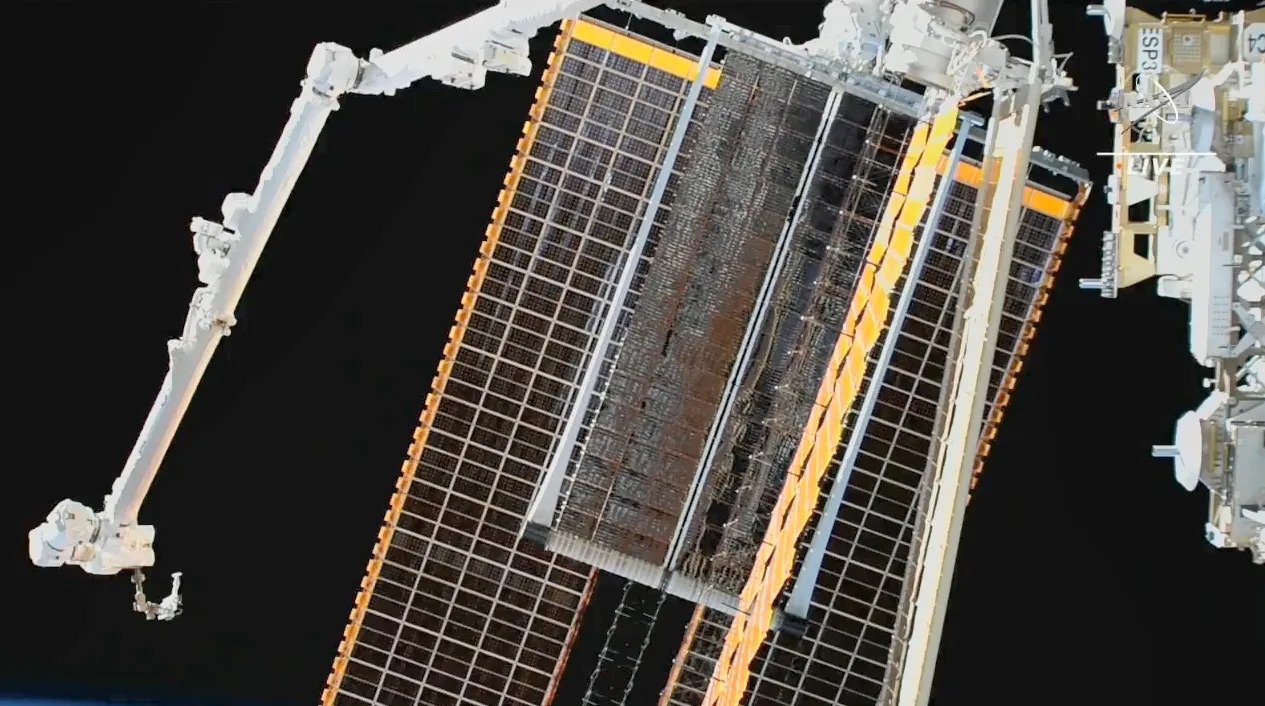Boeing and Redwire have signed an agreement with NASA to supply the fourth pair of large IROSA solar arrays. They will come to the aid of old sources of electricity, which are gradually losing power.

New solar arrays for the ISS
The International Space Station (ISS) is gradually aging. The first cracks have already appeared in it, and by the end of the 2020s it should be decommissioned and replaced with something new that commercial companies are now creating. However, this does not mean that it is not being upgraded now.
On June 28, it became known that Boeing and Redwire signed an agreement with NASA to send the fourth pair of IROSA solar arrays into orbit. This program has been going on since 2021, and during this time the astronauts have already deployed three pairs of such solar arrays. Each such array generates 20 kW of electricity.
The last of them was delivered using SpaceX’s Dragon spacecraft in June of this year. On the 9th and 15th of this month, astronauts Steve Bowen and Woody Hoburg installed them during a spacewalk.
Why does the station need additional energy
The reason for installing IROSA arrays is that the station is getting old. Energy production from a square meter of solar arrays installed 20 years ago is falling. And there are more and more instruments on board.
Therefore, NASA representatives spoke about their interest in installing the fourth pair of solar arrays at a briefing on June 1. It was supposed to provide the station with new opportunities. And already on June 30, representatives of the agency confirmed what they said to the company. According to reports, the total amount of the contract increased by USD 35 million. The fourth pair of IROSA arrays is expected to arrive at the station in 2025-2026.
“We are proud of the successful deployment of six IROSAs on the ISS to date, making it the gold standard for large-scale power generation with proven flight heritage,” said Peter Cannito, CEO of Redwire, in a statement.
According to spacenews.com
Follow us on Twitter to get the most interesting space news in time
https://twitter.com/ust_magazine
